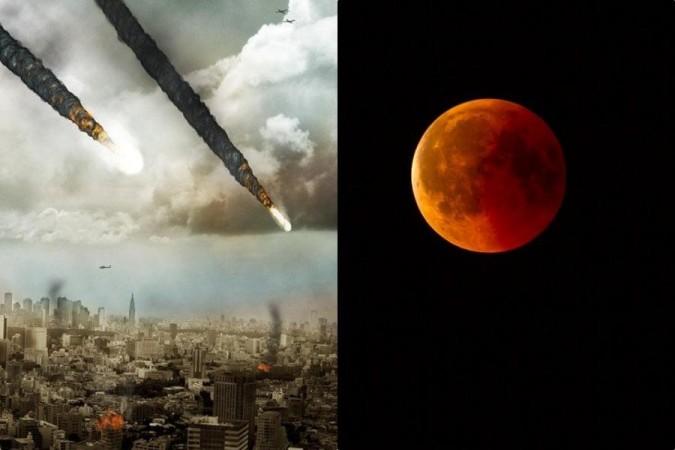Skywatchers will witness the first total lunar eclipse in more than two years on May 26, 2021. During this cosmic event, the moon will appear red to spectators on earth. As everyone is waiting to see earth's natural satellite getting dipped in red-blood color, several Christian evangelists believe that this event could be signaling the arrival of doomsday.
Paul Begley makes another doomsday prediction
Televangelist Paul Begley is known for making several doomsday and apocalypse predictions in the past, but until now, none of his predictions have turned true. And now, just hours before the blood moon, Begley has claimed that the satellite turning red could be indicating the final days of mankind.

"I'm telling you it's happening. We're in the last days but we also have a Blood Moon. This Blood Moon is a Super Blood Moon. Now, it is a sign. The Bible tells us in Genesis 1:14, God said He made the Sun, the Moon, the stars for signs - prophetic signs or signals I think, prophetic signs and seasons, or divine appointments, days and years. God set these in motion, these lunar eclipses, these solar eclipses. It is a Super Blood Moon doomsday on the horizon. Super Blood Moon war is taking place," said Begley, Express.co.uk reports.
Is blood moon related to imminent doomsday?
Even though conspiracy theorists and adamant Christian believers consider the blood moon as a sign of the apocalypse, there is literally no proof to substantiate their claims. A blood moon is a natural phenomenon, and it has happened several times in the past.
Dismissing the doomsday claims, experts reveal that the blood moon has nothing to with the world end. According to experts, it is a phenomenon called refraction which is resulting in the blood-red color of the moon.
"During a total lunar eclipse, the Moon usually turns a deep, dark red because it is illuminated by light that has passed through the Earth's atmosphere and has been bent back towards the Moon by refraction. Dust in the atmosphere blocks out the higher frequency blue light waves, but the longer wavelength of red light comes through," said an astronomer at Royal Observatory Greenwich.

















